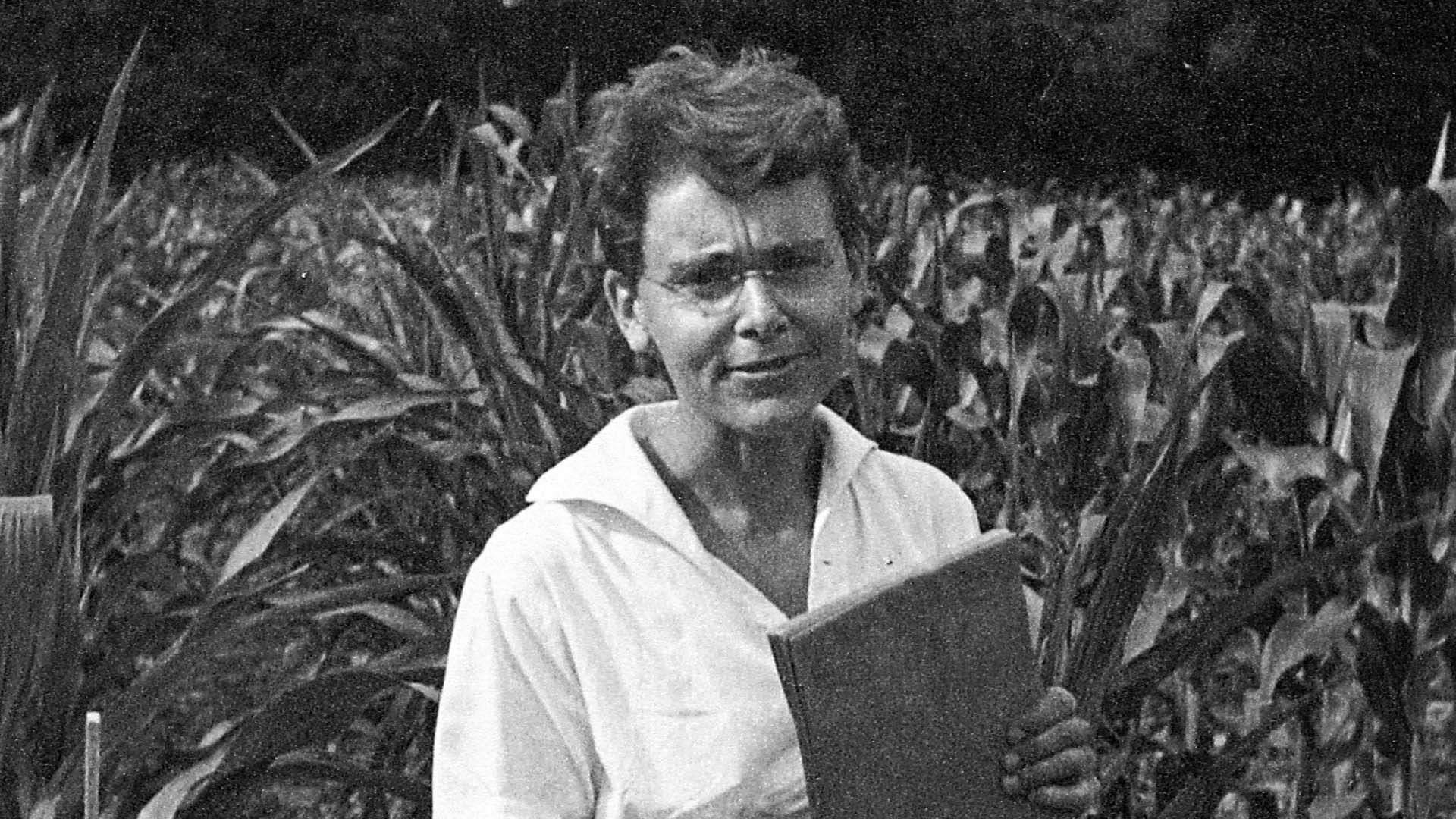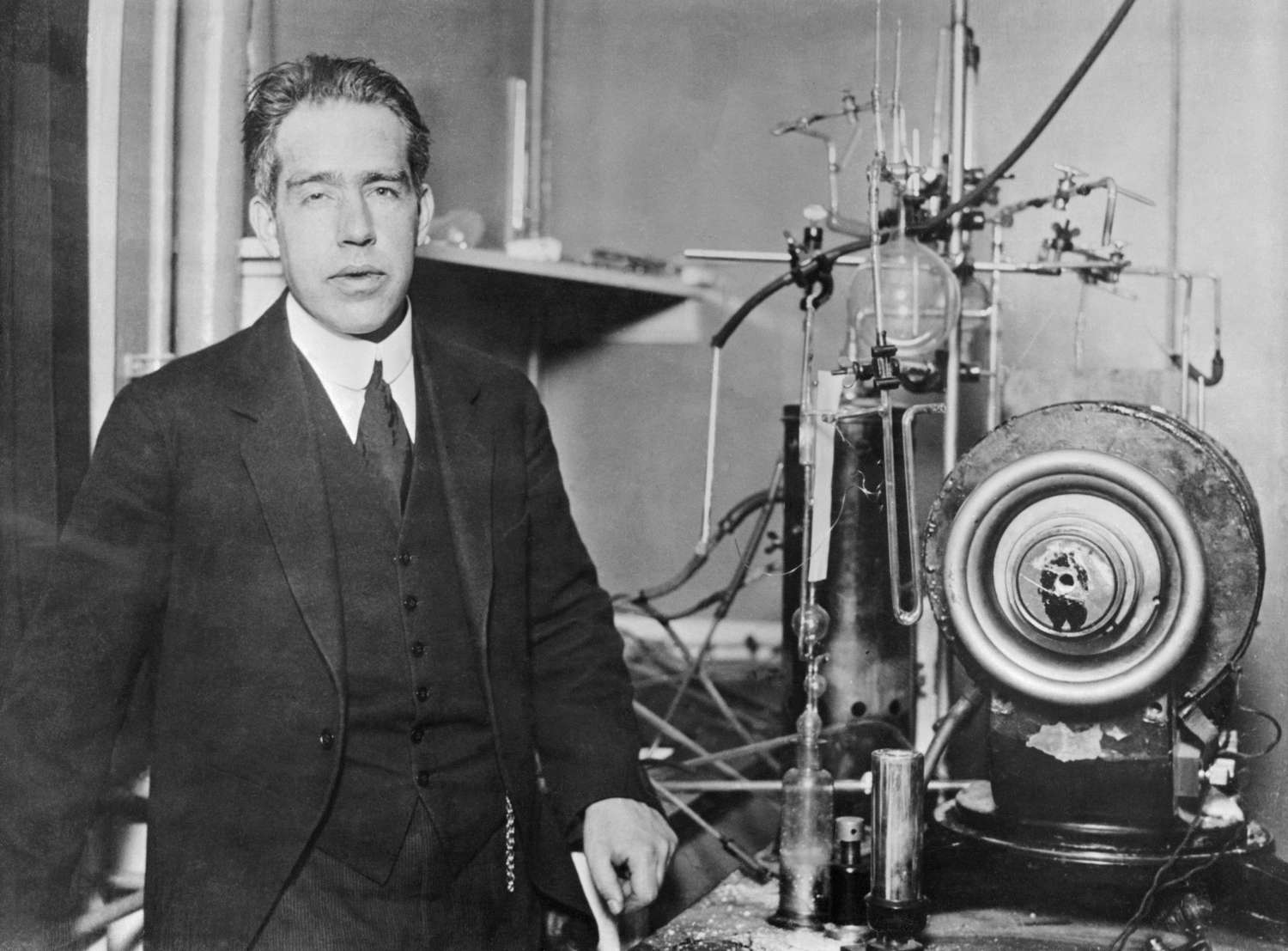Werner Heisenberg stands as a central figure in the development of modern physics, chiefly recognized for his pioneering work in quantum mechanics. The theories he proposed irrevocably altered scientific understanding of the atomic and subatomic realms, providing a conceptual framework that remains fundamental in contemporary physics. Delving into Heisenberg’s principal theories reveals not only their profound scientific significance, but also their lasting philosophical impact.
The Principle of Uncertainty
Perhaps the most renowned of Heisenberg’s contributions is the Uncertainty Principle, which he formulated in 1927. This principle states that there is an inherent limit to how accurately certain pairs of physical characteristics, referred to as conjugate variables, can be measured at the same time. The most familiar pair consists of position and momentum. In mathematical terms, the uncertainty principle is represented as:
The product of the uncertainty in {{position}} and the uncertainty in {{momentum}} must be greater than or equal to {{Planck’s}} constant divided by 4π.
Here, Δx represents the uncertainty in position, Δp the uncertainty in momentum, and ħ (h-bar) is the reduced Planck constant. Heisenberg’s insight dismantled the longstanding notion—derived from classical physics—that, given sufficiently advanced measurement tools, all properties of a particle could be known simultaneously with arbitrary accuracy.
Imagine an experimental setup where an electron is viewed using a photon microscope. Boosting the photon’s energy to achieve a clearer image invariably disrupts the electron’s momentum because of the photon-particle interaction, consequently heightening the unpredictability in its momentum. On the other hand, employing photons with reduced energy preserves the momentum but results in a less accurate determination of its position. Therefore, Heisenberg’s principle is not simply a technological constraint, but rather an inherent characteristic of quantum systems—this uncertainty is mandated by the very essence of reality.
Beyond its technical consequences, the Uncertainty Principle invites philosophical reflection. It challenges the deterministic worldview upheld by classical mechanics. Heisenberg himself emphasized that the observer and the observed system are inextricably linked; the act of measurement is an active intervention in quantum phenomena.
Matrix Mechanics: The Initial Quantum Theory
In 1925, at the young age of twenty-three, Heisenberg unveiled Matrix Mechanics, which stood as the initial comprehensive and coherent framework for quantum mechanics. Before this development, quantum theory consisted of a collection of disparate rules put forth by different physicists to explain specific occurrences, including blackbody radiation and atomic spectra. Heisenberg’s methodology fundamentally transformed how quantum phenomena were conceptualized.
Instead of modeling electrons as particles moving in precise orbits (as in the Bohr Model), Heisenberg proposed encoding observable quantities—such as the spectral lines emitted by atoms—as mathematical arrays known as matrices. In this framework, physical properties like position and momentum were replaced with matrices whose elements corresponded to transitions between quantum states.
A key feature of matrix mechanics is the non-commutative nature of matrix multiplication; for example, the product of two matrices representing position and momentum depends on the order in which they are multiplied. This leads directly to the mathematical foundation of the uncertainty principle. Heisenberg’s colleague, Max Born, recognized that Heisenberg’s “quantum” quantities followed the mathematics of matrix algebra, paving the way for a systematic theory.
This theory provided a toolkit for calculating atomic spectral lines with unprecedented accuracy. Heisenberg’s matrices and the concept of quantized observables subsequently became cornerstone ideas within quantum mechanics, later shown to be mathematically equivalent to Erwin Schrödinger’s wave mechanics.
Heisenberg’s Impact on Quantum Field Theory
As his career advanced, Heisenberg broadened his attention from single particles to the combined actions of multi-particle systems and fields. From the late 1920s onward, he was instrumental in the creation of Quantum Field Theory, especially by striving to comprehend how interactions, including electromagnetic and nuclear forces, function at the quantum scale.
Heisenberg suggested that basic interactions ought to be characterized by fields, which are quantized similarly to conventional quantum mechanics. Working alongside Wolfgang Pauli, he played a role in the quantization of the electromagnetic field, a pivotal achievement that forms the basis of quantum electrodynamics (QED). This framework expands quantum theory beyond just particles to encompass the fields with which they engage, thereby establishing the foundation for the Standard Model of particle physics.
S-Matrix Theory
In the 1940s and 1950s, facing difficulties in characterizing particle collisions and high-energy interactions, Heisenberg focused on creating the S-matrix theory (scattering matrix theory). This methodology aims to connect the starting and ending states of particles during a collision, bypassing the need to detail intricate intermediate interactions.
Heisenberg’s S-matrix theory held significant sway during the early development of quantum field theory. It offered a refined method for deriving observable outcomes, like cross-sections for scattering occurrences, without relying on vague or troublesome notions. While eventually replaced by more extensive frameworks, the S-matrix methodology laid the groundwork for subsequent progress in both theoretical and experimental particle physics.
Heisenberg’s Non-Linear Spinor Theory
In his quest for a unified field theory, Heisenberg ventured into speculative territory with his Non-Linear Spinor Theory in the 1950s and 1960s. He endeavored to explain the plethora of observed subatomic particles as manifestations of a single fundamental entity governed by non-linear equations. In this vision, protons, neutrons, and other elementary particles would emerge as different solutions to these equations.
Although the non-linear spinor theory did not attain the experimental success Heisenberg hoped for, its ambition to achieve conceptual unity in particle physics anticipated later efforts, such as grand unified theories and string theory. It exemplified Heisenberg’s relentless drive to probe the frontiers of theoretical physics beyond established knowledge.
Philosophical Perspectives and Legacy
Heisenberg’s concepts extended beyond mere technical progress, carrying deep philosophical significance. He posited that the precisely defined principles of classical physics gave way, at the quantum scale, to connections of likelihoods and indeterminacies. His publications, particularly in volumes such as Physics and Philosophy, articulated a scientific perspective where the fundamental nature of reality is not consistently straightforwardly observable, and the inquiries posed influence the responses obtained.
Heisenberg’s concepts have had a profound influence reaching well beyond the realm of theoretical physics. For example, the uncertainty principle is frequently referenced in various disciplines such as information theory, statistical mechanics, and even popular culture, serving as an analogy for the boundaries of understanding. Matrix mechanics and quantum field theory constitute the mathematical framework underpinning almost all contemporary investigations in atomic, nuclear, and particle physics.
Heisenberg’s oeuvre reflects the fullest embodiment of scientific creativity: a willingness to depart from the comfort of established doctrine in pursuit of deeper, more accurate accounts of nature’s workings. In shaping quantum mechanics’ conceptual foundations and practical tools, he not only explained the mysteries of the atom but also redefined the boundaries of what can be known and measured. This enduring legacy anchors Heisenberg’s place among the great theorists of the twentieth century.



